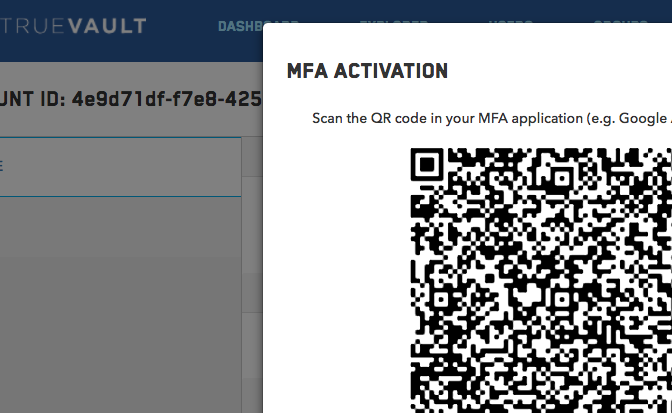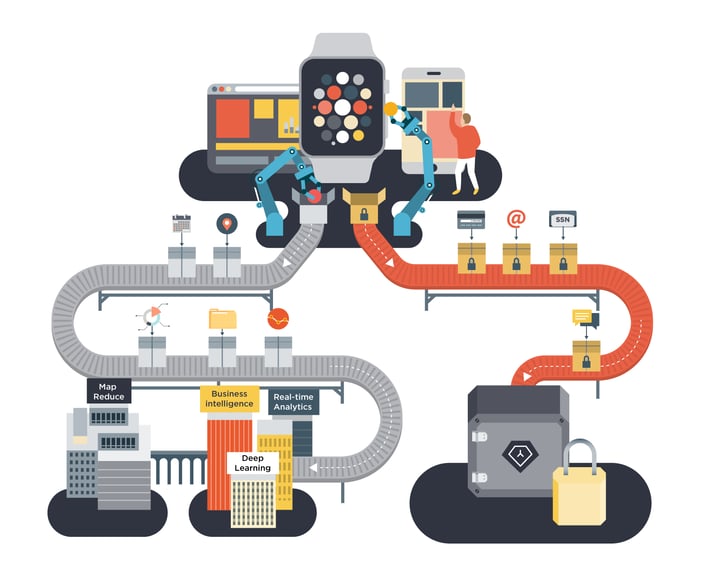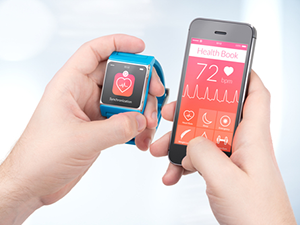Announcing the Official TrueVault JavaScript SDK
Attention JavaScript developers! Today we are releasing the official TrueVault JavaScript SDK. The SDK abstracts away the details of making requests to our API. This will significantly reduce the time it takes to build a new project on top of TrueVault, or to add TrueVault to an existing project. To see how the SDK is used in a real project, check out the TrueVault JavaScript Sample Application. This is a full-featured React app that uses the SDK to interact with TrueVault.
Read More









